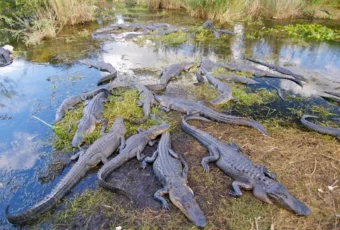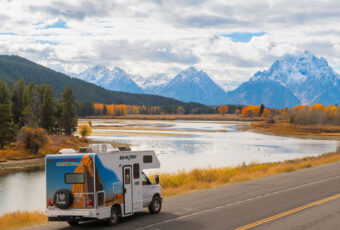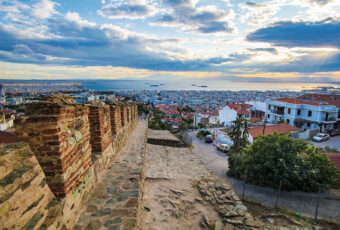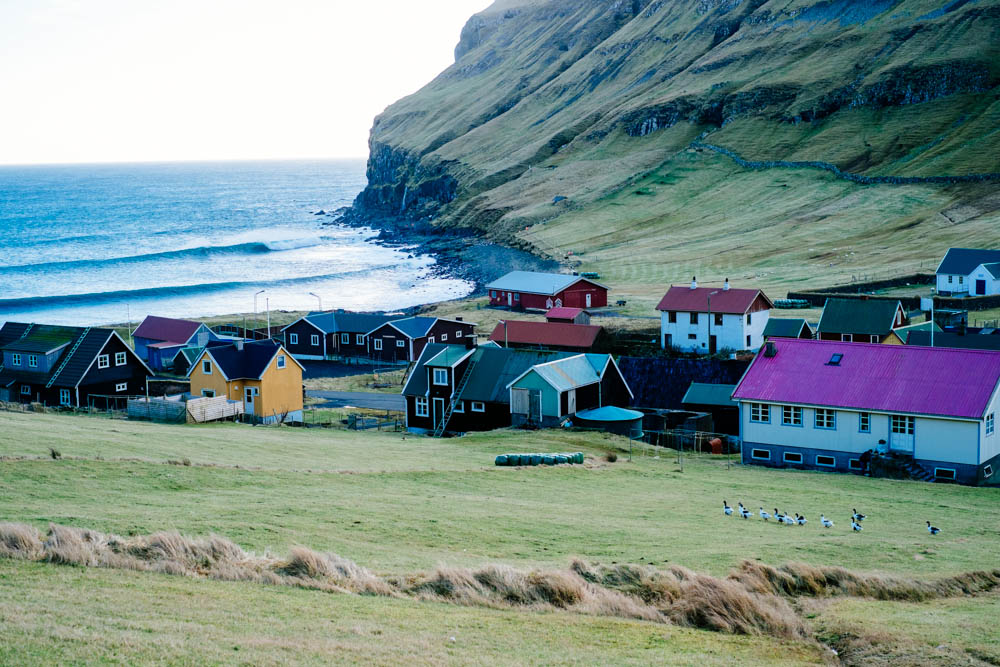
Faroe Islands
Along the shore you can see the witch, which are two jagged rocks that jut out of the water. These rocks inspired local folklore about two creatures that tried to drag the Faroe Islands to Iceland.
Though you might not think of the Faroe Islands when you think about surfing destinations, but surfers flock to these remote beaches from all around the globe.
Those who are already familiar with cold weather surfing usually have experience surfing in Norway and Iceland, but surfing the Faroe Islands is a totally different story.
Lifeguard, surf teacher, and tour guide at Faroe Islands Surf Guide Katrin W. Bærentsen shared: “First of all, the waves are world-class. It’s cold-water surfing, which is fairly new to the surfing world, and we have black-sand beaches.”
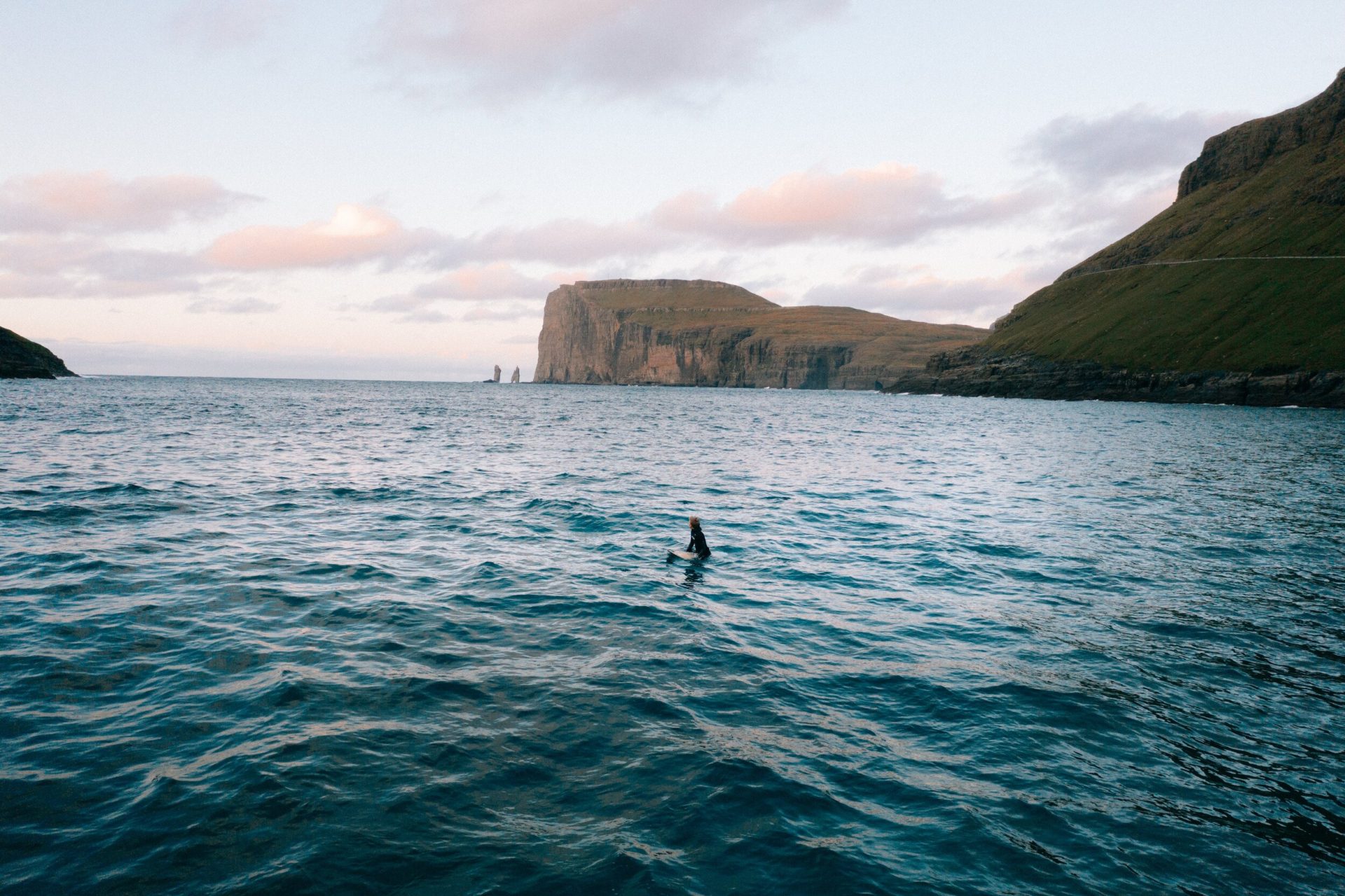
Surfing In The Faroe Islands
Bærentsen continued: “The landscape is extraordinary, and when the powerful Atlantic swell collides with the ocean grounds around the 18 islands, amazing waves are created. They can be rough and massive, perfect, glassy, and everything in between, but they are quick and steep. The currents are insanely strong and change quickly. The best and most special thing is that there are no crowds.”
The Faroe Islands are home to just under 100 residents, and none of the residents that are older surf. “It’s amazing to watch surfing in Tjørnuvík, and the residents come down to watch a lot. Maybe the future generation will take on the legacy,” says Bærentsen.
The Faroe Islands Surf Guide was founded in 2019 and has a Surf Shack that is close to the black sand beach. Bærentsen says: “It’s our base for arranging tours with surfing, SUP boarding, cliff jumping, cave exploring, snorkeling, and team-building activities.”
She also shared that “If you are an experienced surfer, the swell is more frequent and big from September to March. It’s best for beginners from April to August.”
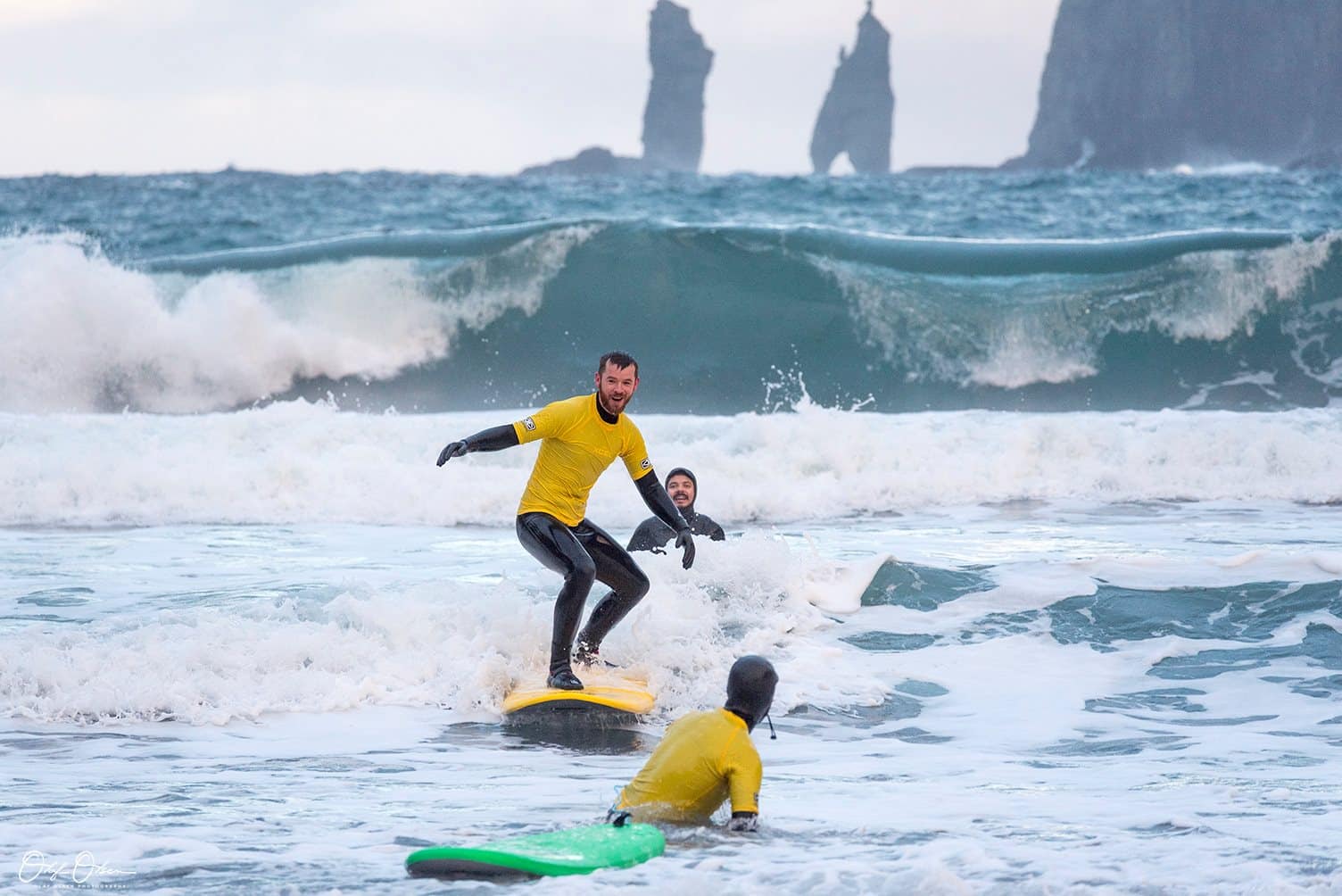
Faroe Islands Surfing



